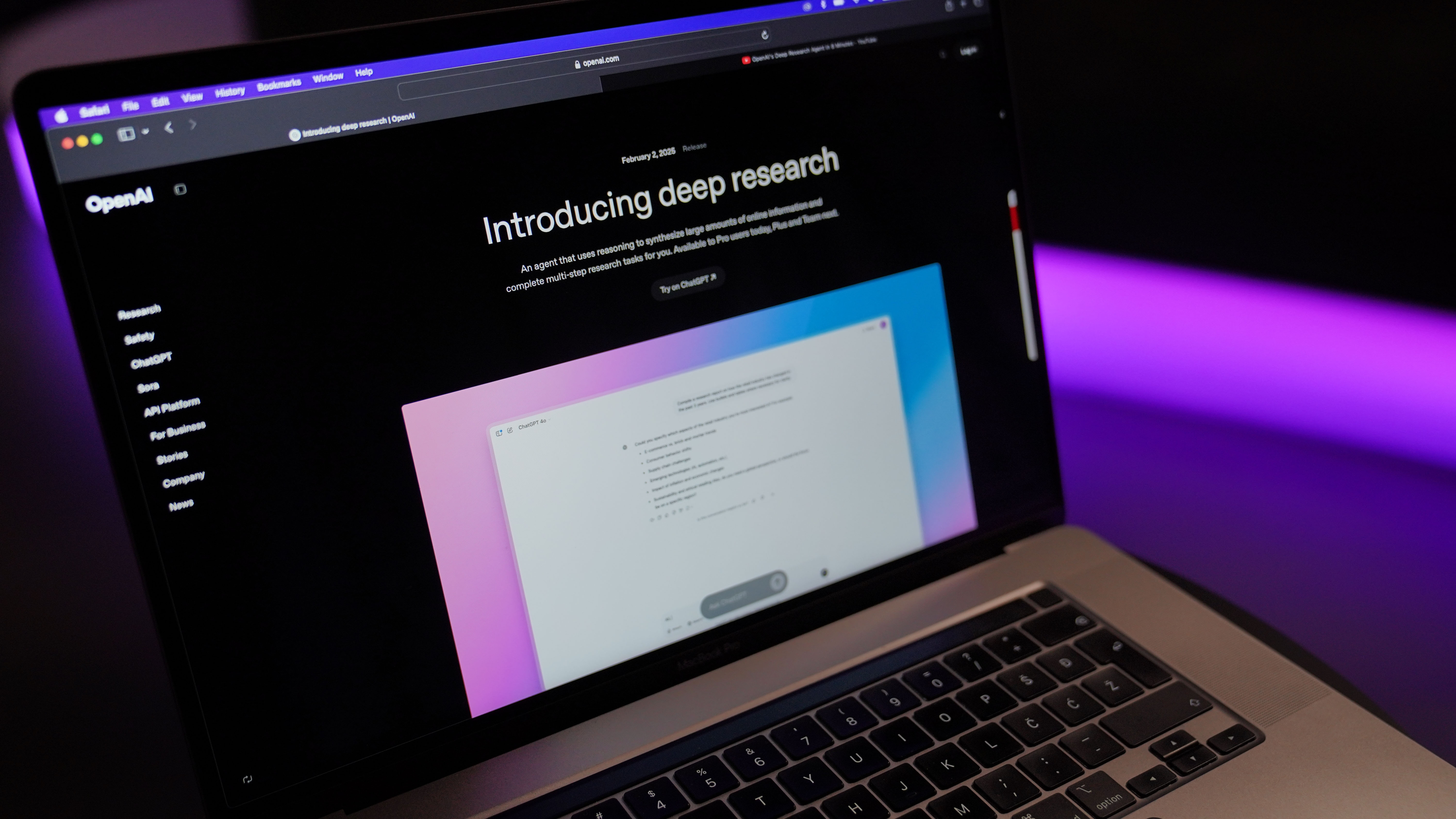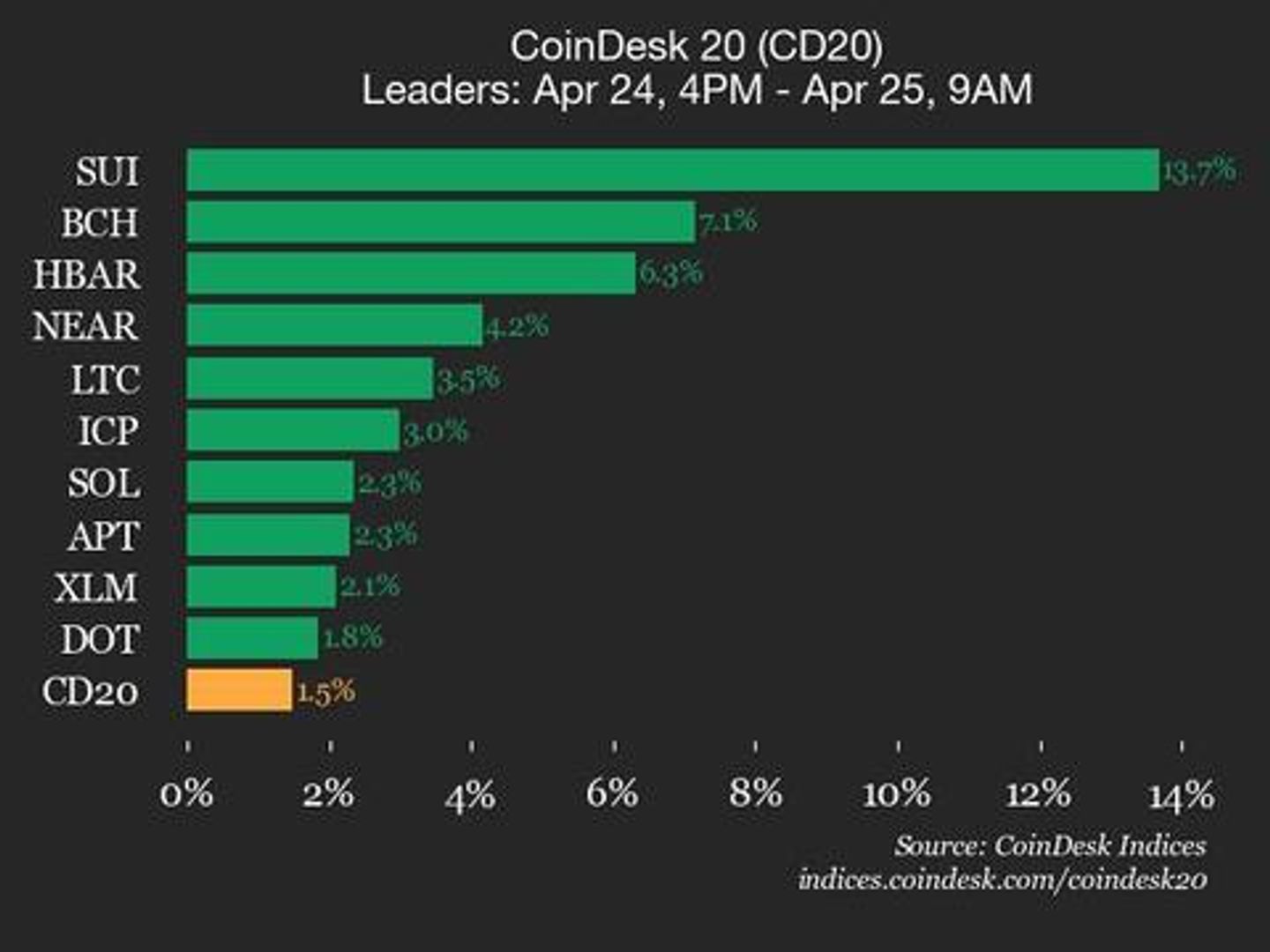Want to be a better leader? Start coaching your team like this
Leaders of today’s workplace recognize coaching as a core leadership skill. More and more companies are expecting managers to actively develop their employees and support their growth through regular development conversations. For leaders who embrace this responsibility, coaching can be incredibly rewarding. But it’s not always clear how to do it well. Most managers feel comfortable helping employees build technical skills or prepare them for their next role. But when it comes to coaching social and emotional skills, leadership qualities, or behavioral changes, many leaders get stuck. Because the path to success is less clear-cut, more complex, and requires sustained effort over time. How to coach for behavioral change As companies increasingly expect managers to step up as coaches, we’re seeing more and more resources that help leaders build their coaching skills. Doing that requires leaders to learn how to build trust, ask open-ended questions, actively listen, and provide constructive feedback. Frameworks like the GROW model provide a structured approach to coaching conversations. But when it comes to coaching employees on behavioral changes and social-emotional skills, many managers hit a wall. Traditional coaching methods don’t always work. That’s where an evidence-based framework—originally used by executive coaches—can help. The Development Pipeline The Development Pipeline, created by David Peterson and Mary Dee Hicks, breaks down the often complex process of personal growth into five essential conditions for lasting development. It’s a game-changer for managers because it helps them diagnose and address where employees might be stuck in their development process. This method relies on five key elements to facilitate behavioral development: Insight, Motivation, Capability, Practice, and Accountability. Think of them as interconnected pipelines—each one needs to stay open and balanced for growth to happen. If one element is blocked, progress can stall. As a manager, keeping these five conditions in mind will help you guide your direct reports through meaningful conversations. Here’s how you can help facilitate the presence of these conditions in your regular coaching chats as part of your one-on-ones 1. Insight: Do they understand what to develop and why it matters? Development starts with awareness. Employees must recognize the gap between their current behaviors and desired outcomes. Sabina, a Customer Success Director, wanted to help one of her team members exude more confidence in high-stakes meetings. In their one-on-one, Sabina highlighted specific moments where this happened and discussed the impact. This helped her direct report see why building confidence was crucial—not just for herself, but not to undermine her credibility and influence. They made it a specific development goal. 2. Motivation: Are they motivated and committed to making a change? Even with insight, change won’t happen without motivation. Employees need to see personal value in their development goals. One way to gauge motivation is to ask, “On a scale from 1 to 10, how motivated do you feel to work on this?”. Pay attention to verbal and nonverbal responses to gain a greater understanding of how motivated your employee feels to put in the time and effort it takes to change. The key is ensuring the goal aligns with what matters most to them. That means their values, career aspirations, and measurement of success in their role. 3. Capability: Do they know how to improve? Employees need clear, practical ways to develop a skill or shift a behavior. Without knowing how to improve, insight and motivation alone won’t lead to progress. Naomi, a Product VP, needed to coach an employee on receiving feedback without shutting down. The employee wanted to handle feedback more gracefully but didn’t know where to start. Together, they broke down the goal into small actionable steps: proactively asking for feedback, deeply breathing while listening, taking notes, visualizing feedback landing in front of her, and looking at it more neutrally from a distance. Doing this allowed the employee to move from awareness to action. 4. Practice: Are they actively experimenting and refining? New behaviors require practice and repetition. Employees need opportunities to test, tweak, and refine their skills in real situations. Michael, an Engineering VP, wanted to support his direct report in being more positive and encouraging in team discussions. So they worked on being more positive in meetings. First, he focused on recognizing team contributions. Later, he practiced framing ideas more constructively—acknowledging a colleague’s perspective before sharing his own. Over time, this intentional practice made positivity more of a habit. 5. Accountability: Are they following through? Progress stalls without follow-ups. You need to conduct regular check-ins to keep the momentum going. Simple

Leaders of today’s workplace recognize coaching as a core leadership skill. More and more companies are expecting managers to actively develop their employees and support their growth through regular development conversations.
For leaders who embrace this responsibility, coaching can be incredibly rewarding. But it’s not always clear how to do it well. Most managers feel comfortable helping employees build technical skills or prepare them for their next role. But when it comes to coaching social and emotional skills, leadership qualities, or behavioral changes, many leaders get stuck. Because the path to success is less clear-cut, more complex, and requires sustained effort over time.
How to coach for behavioral change
As companies increasingly expect managers to step up as coaches, we’re seeing more and more resources that help leaders build their coaching skills. Doing that requires leaders to learn how to build trust, ask open-ended questions, actively listen, and provide constructive feedback. Frameworks like the GROW model provide a structured approach to coaching conversations.
But when it comes to coaching employees on behavioral changes and social-emotional skills, many managers hit a wall. Traditional coaching methods don’t always work. That’s where an evidence-based framework—originally used by executive coaches—can help.
The Development Pipeline
The Development Pipeline, created by David Peterson and Mary Dee Hicks, breaks down the often complex process of personal growth into five essential conditions for lasting development. It’s a game-changer for managers because it helps them diagnose and address where employees might be stuck in their development process.
This method relies on five key elements to facilitate behavioral development: Insight, Motivation, Capability, Practice, and Accountability. Think of them as interconnected pipelines—each one needs to stay open and balanced for growth to happen. If one element is blocked, progress can stall.
As a manager, keeping these five conditions in mind will help you guide your direct reports through meaningful conversations. Here’s how you can help facilitate the presence of these conditions in your regular coaching chats as part of your one-on-ones
1. Insight: Do they understand what to develop and why it matters?
Development starts with awareness. Employees must recognize the gap between their current behaviors and desired outcomes.
Sabina, a Customer Success Director, wanted to help one of her team members exude more confidence in high-stakes meetings. In their one-on-one, Sabina highlighted specific moments where this happened and discussed the impact. This helped her direct report see why building confidence was crucial—not just for herself, but not to undermine her credibility and influence. They made it a specific development goal.
2. Motivation: Are they motivated and committed to making a change?
Even with insight, change won’t happen without motivation. Employees need to see personal value in their development goals.
One way to gauge motivation is to ask, “On a scale from 1 to 10, how motivated do you feel to work on this?”. Pay attention to verbal and nonverbal responses to gain a greater understanding of how motivated your employee feels to put in the time and effort it takes to change. The key is ensuring the goal aligns with what matters most to them. That means their values, career aspirations, and measurement of success in their role.
3. Capability: Do they know how to improve?
Employees need clear, practical ways to develop a skill or shift a behavior. Without knowing how to improve, insight and motivation alone won’t lead to progress.
Naomi, a Product VP, needed to coach an employee on receiving feedback without shutting down. The employee wanted to handle feedback more gracefully but didn’t know where to start. Together, they broke down the goal into small actionable steps: proactively asking for feedback, deeply breathing while listening, taking notes, visualizing feedback landing in front of her, and looking at it more neutrally from a distance. Doing this allowed the employee to move from awareness to action.
4. Practice: Are they actively experimenting and refining?
New behaviors require practice and repetition. Employees need opportunities to test, tweak, and refine their skills in real situations.
Michael, an Engineering VP, wanted to support his direct report in being more positive and encouraging in team discussions. So they worked on being more positive in meetings. First, he focused on recognizing team contributions. Later, he practiced framing ideas more constructively—acknowledging a colleague’s perspective before sharing his own. Over time, this intentional practice made positivity more of a habit.
5. Accountability: Are they following through?
Progress stalls without follow-ups. You need to conduct regular check-ins to keep the momentum going. Simple questions like “How is it going with [goal]? What’s getting easier? What’s still challenging? What do you want to focus on next?” help reinforce commitment.
The importance of keeping development on track
At any given time, your employee may be stuck in different parts of their development. As their manager, your job is to identify the bottleneck and provide specific support. Are they lacking insight? Do they need a clearer action plan? Do they require more practice opportunities?
By focusing your coaching conversations on the specific condition that needs reinforcement, you can help them sustain progress. You don’t need to know this ahead of your conversation, but you can explore this together by asking open-ended questions and fully listening to what emerges.
Remember, meaningful development doesn’t happen overnight. It requires your support along the way. Regular, short coaching conversations—rooted in curiosity and attentive presence—can make a significant impact over time.





































































































































































![[The AI Show Episode 144]: ChatGPT’s New Memory, Shopify CEO’s Leaked “AI First” Memo, Google Cloud Next Releases, o3 and o4-mini Coming Soon & Llama 4’s Rocky Launch](https://www.marketingaiinstitute.com/hubfs/ep%20144%20cover.png)























































































































































































.jpg?width=1920&height=1920&fit=bounds&quality=70&format=jpg&auto=webp#)























































































_Olekcii_Mach_Alamy.jpg?width=1280&auto=webp&quality=80&disable=upscale#)














































































































![Most iPhones Sold in the U.S. Will Be Made in India by 2026 [Report]](https://www.iclarified.com/images/news/97130/97130/97130-640.jpg)
![Apple to Shift Robotics Unit From AI Division to Hardware Engineering [Report]](https://www.iclarified.com/images/news/97128/97128/97128-640.jpg)

![Apple Shares New Ad for iPhone 16: 'Trust Issues' [Video]](https://www.iclarified.com/images/news/97125/97125/97125-640.jpg)




























































































































